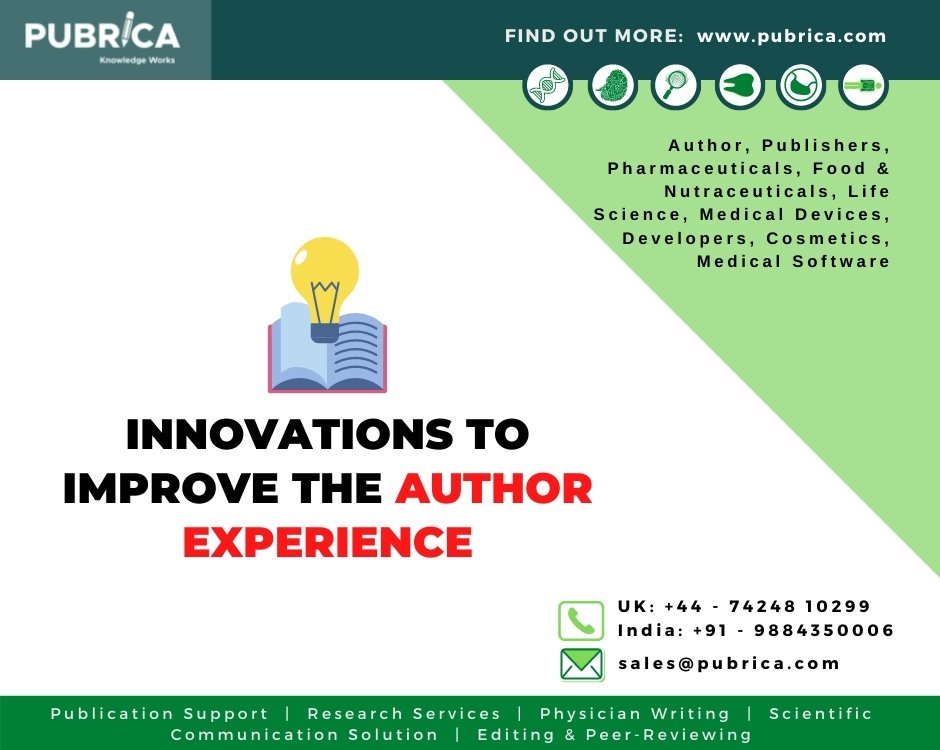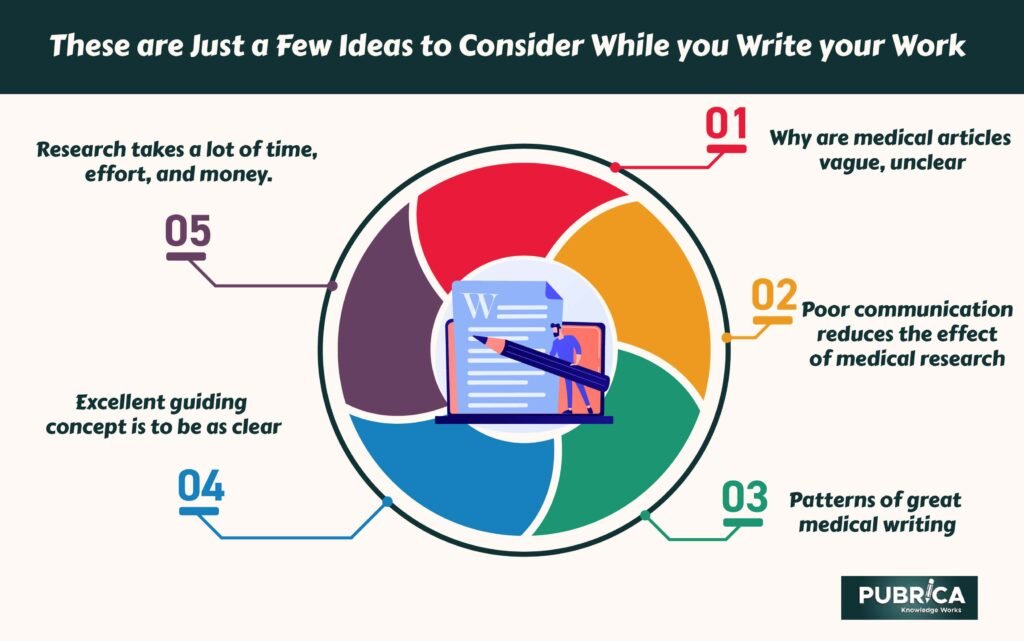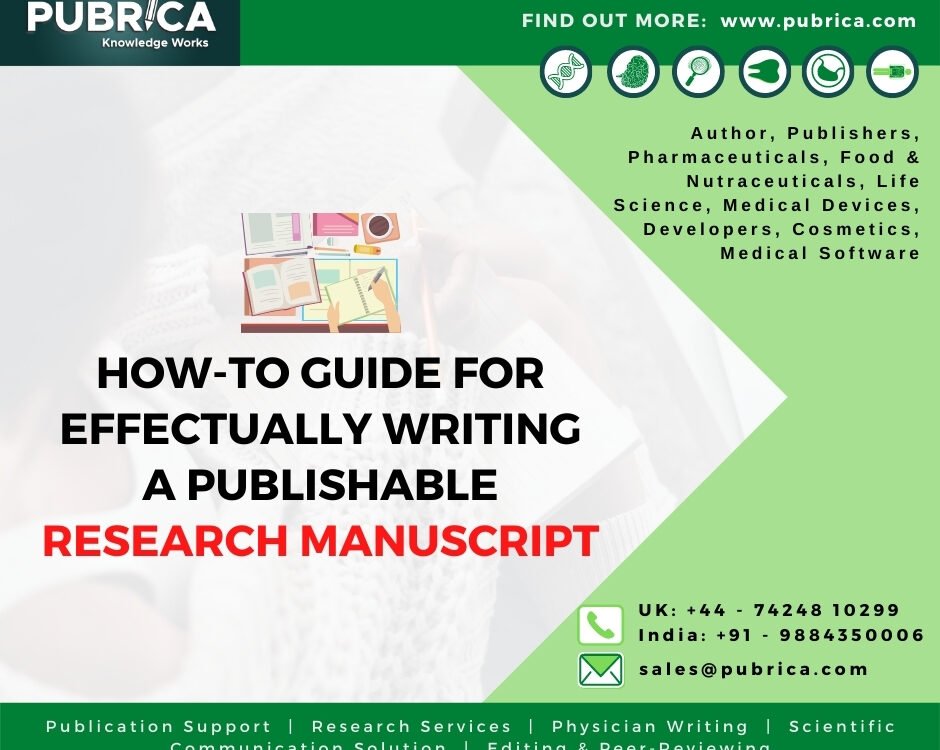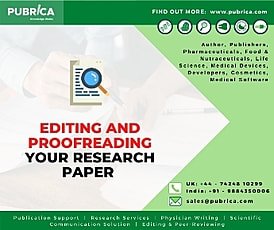
How to Structure your research article
September 20, 2021
Innovations to Improve the Author Experience
October 6, 2021In brief
In medicine, published statements are critical because they may have consequences for patients. A scientific publication’s (BK1) quality and success are determined by adhering to the standards of scientific medical writingin terms of organization and style and the topic’s relevance, and the validity of the technique employed. The chief editor of a biomedical journal’s job isn’t just to examine every article given to the editorial board before sending it out to peer reviewers.
Introduction
The privilege of reading many of the manuscripts that have been submitted, accepted and published in JACCOA (Journal of Anesthesia and Critical Care: Open access ) as editor and reviewer. On the other hand, it was personally responsible for rejecting certain articles since they did not fulfil the publishing standards. This is the most difficult part of being an editor of a new open-access journal. This biomedical journal has only recently begun the difficult task of transmitting the knowledge and experience of colleagues from all over the world who have favoured us by sending manuscripts to our editorial committee(1).

How to make your manuscript accepted
The quality of an original scientific paper is determined by adherence to the structure and stylistic guidelines of scientific medical writing. You must be cautious while writing your thoughts to avoid your text going from journal to journal, like in my instances. When putting together your manuscript, follow these steps: introduction, methods, results, discussion, and references. Don’t forget to include a summary and keywords in your document. Your writing style should be neat, clear, exact, and straightforward. If English is not your first verbal, it is advised that you get your manuscript evaluated by a colleague who is familiar with English medical grammar. Keep in mind that the editor or the reviewers will not condense your tables. If you don’t pay close attention to this point, your book may be rejected.
Utilize just the citations that you examined and that you believe are relevant to support your work or that readers may use to enhance their knowledge. Write it right, and don’t rely on copy-paste without thoroughly understanding them. Misspelt quotations are rather prevalent. These are just a few proposals to keep in mind before and during the writing of your work.
- It would help if you avoided writing that is difficult to understand and comprehend, especially for medical researchers.
- Why are medical articles vague, unclear, or made up because of medical mistakes that damage our patients.
- Poor communication reduces the effect of medical research, putting clinicians and patients at risk.
- Study the patterns of great medical writing and imitate them.
- An excellent guiding concept is to be as clear, concise, and direct as possible so that an educated non-expert does not become confused.
- It’s important to remember that research takes a lot of time, effort, and money.
- Authors who make little effort to exhibit their work do a disservice to their profession, the audience, and themselves (2).
Peer review
Keep in mind that peer review is an important part of a biomedical journal’s editing process. This procedure has a wide range of variations depending on the journal, editors, and reviewers. Because papers should typically be connected to worldwide criteria for research studies and, in particular, to the unique recommendations of each journal, consistency in peer review should be crucial.
- According to Frank, 96 % of journals asked reviewers to accept or reject submissions, 72 % asked reviewers to analyze the articles’ novelty, 69 % wanted clarity assessments, and just 51% sought conclusions evaluations. Only 46% of journals informed reviewers that papers were confidential documents, 51% included a separate cover letter, and 25% included detailed review instructions(3).
- Kravitz et al. discovered that 28% of reviewers recommended rejecting manuscripts, while the general rate of rejection among editors was 48%; 88 % when all reviewers agreed to reject the manuscript (7% of manuscripts); and 20% when all reviewers agreed that the manuscript should not be rejected (48 % of manuscripts) (P<0.01) (4) With professional peer reviewers, the rejection rate might reach 93 %.
- Although disclosing whether or not your article contains a conflict of interest has no impact on the reviewers’ opinions, it is usually a good idea to do so, especially when it comes to pharmacological studies connected to the pharmaceutical business. There is a good trend toward assisting researchers in improving their articles and reducing the time it takes for editorial processing and final publishing in the peer-review process. Since the objective is to enhance the academic quality of papers, there is still a long way to go.
- Gratefully, not all medical practitioners are trained or interested in sharing their knowledge if you are a reader who wants to publish, learn how to develop a research protocol and acquaint yourself with medical writing beyond the thesis you produced when you graduated from medical school and when you concluded your residency or fellowship.
- Science evolves by leaps and bounds. It is impossible to be updated in the profession we have chosen as a way of life. Medical writing is a pleasure that requires honesty, ethics, and seriousness in every investigation that eventually benefits patients. The doctor’s advice learns medical writing and tries to be clear, concise and simple in manuscripts.
Guidelines for Submitting a Manuscript to a Publisher
They are:
- Research agents and publishers
- Create an ordered longlist
- Zero in on your top choices
- Personalize your approach
- Format and submit your manuscript
About Pubrica
Pubrica offers outstanding manuscript editing services. Editing is often confused with proofreading, which is the correction of grammar, spelling, and other superficial errors, forming the final part of the editing process. Scientific writing editing is about revising and organising the paper’s content to be more concise and precise. The process eliminates wordiness and contains idiom to a minimum, enabling a better communication.
References
- Whizar-Lugo, V. “What an editor wants from your manuscript.” J Anesth Crit Care Open Access 12.1 (2020): 21-22.
- Ben Saad H. Scientific Medical Writing in Practice: How to Succeed the Writing Style? La Tunisie Medicale. 2019 Feb;97(2):273-285.
- Frank E. Editors’ requests of peer reviewers: a study and a proposal. Prev Med. 1996; 25(2):102‒104.
Kravitz RL, Franks P, Feldman MD, et al. Editorial peer reviewers’ recommendations at a general medical journal: Are they reliable and do editors care? PLoS One. 2010;5(4):e10072.


